
How 3D printing supports traditional production lines
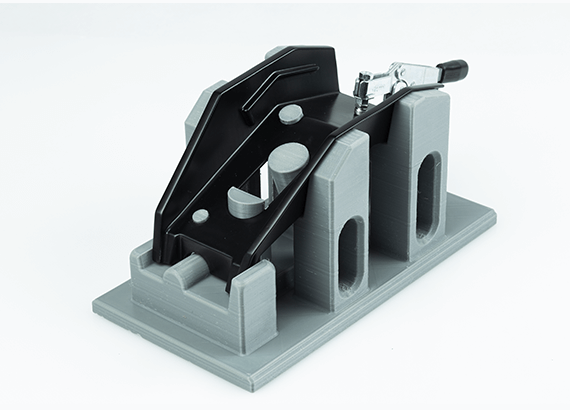
A customized jig 3D printed in-house at a manufacturing plant.
Production managers face three major challenges in keeping their operation costs low
-
Production line support consumables are relatively expensive
-
Large quantities of such consumables have to be kept on stock
-
Customized jigs and fixtures take a lot of time to fabricate
Cutting costs
3D printers can print consumables like rubber robotic arm grippers at a fraction of their market price.
In-house fabrication
Jigs, fixtures, and other consumables can be 3D printed on the spot when they are needed.
Customized parts
It's possible to 3D print one-off parts designed for specific applications at specific production plants.
Reducing storage
Production line consumables can be 3D printed on an on-demand basis and don't need to be held on stock.
Workflow in supporting production lines with 3D printers
3D printers can be implemented to support production lines in four simple steps. Here's how it works.
Step 1: Problem identification
Engineering personnel identifies the parts that would improve efficiency in their areas of responsibility.

Step 2: CAD design
Appropriate parts are designed in CAD software to meet the requirements specified by the engineers.

Step 4: Implementation
Jigs, fixtures, and other production line consumables are implemented in the manufacturing processes.

Step 3: 3D printing
3D printed models are fabricated on the spot based on the CAD designs.
Step 1: Problem identification
Engineering personnel identifies the parts that would improve efficiency in their areas of responsibility.

Step 2: CAD design
Appropriate parts are designed in CAD software to meet the requirements specified by the engineers.

Step 3: 3D printing
3D printed models are fabricated on the spot based on the CAD designs.

Step 4: Implementation
Jigs, fixtures, and other production line consumables are implemented in the manufacturing processes.
How Bosch works with 3D printers
Bosch has implemented 3D printers at their production plant located in Mondeville, France. By in-house, on-demand fabrication of various jigs and fixtures, the plant saved over €80,000 in year one.
3D printed jigs and fixtures
Working with Bosch engineers resulted in development of the unique Z-ESD material designed to print casings providing electrostatic discharge protection for electronics on the production floor. Other items 3D printed at the factory included customized consumables like grippers for robotic arms.
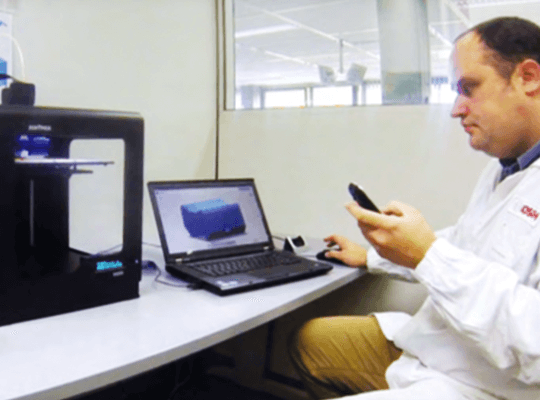
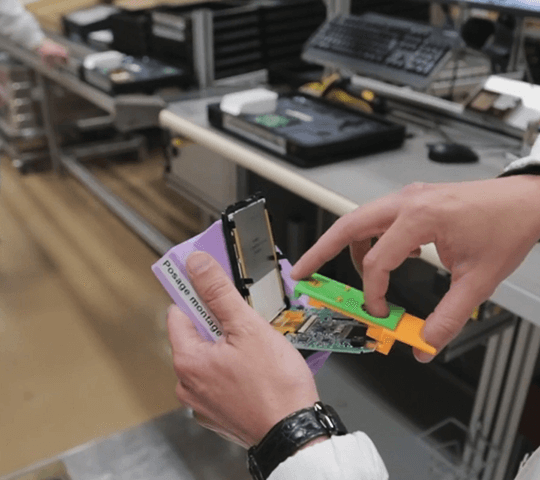
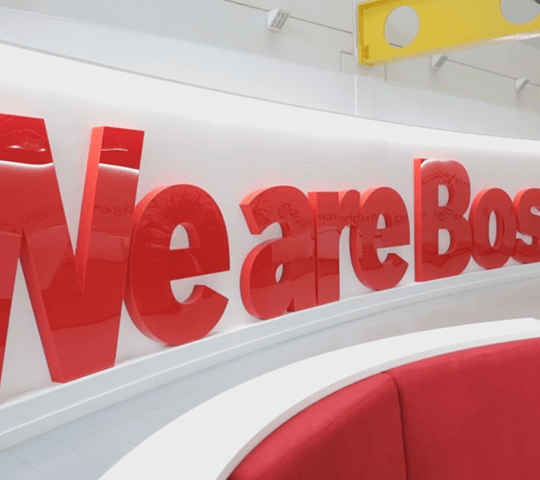
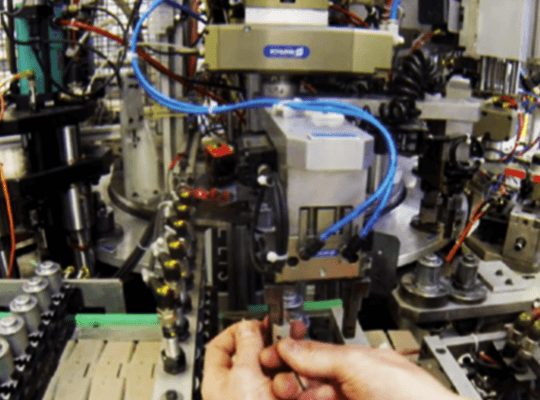
Technologies for production line support
The choice of the right 3D printing technology for production line support depends on the size and purpose of the parts.
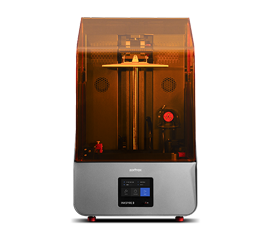
Small size parts with complex geometry
Resin 3D printing technologies like the Zortrax UV LCD are best for small yet intricately designed parts meant for equipment used in manufacturing of electronics e.g.
See more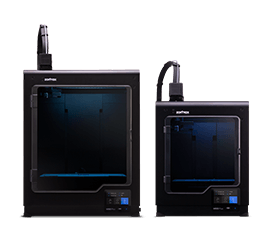
Medium size models with simple geometry
LPD technology is the most cost-efficient for making simple medium size parts that can be used with the equipment for manufacturing car parts or consumer goods.
See more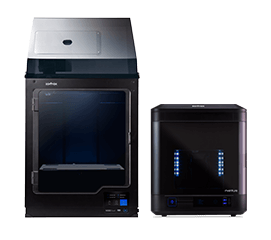
Medium size models with complex geometry
LPD Plus technology is best for intricately designed, medium size parts with complex internal architectures like housings for manufacturing tools.
See more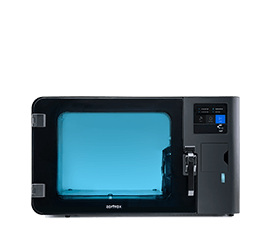
Medium size products with smooth surfaces
SVS automated post-processing devices can be used with LPD or LPD Plus printers to make parts with smooth surfaces reducing friction.
See more